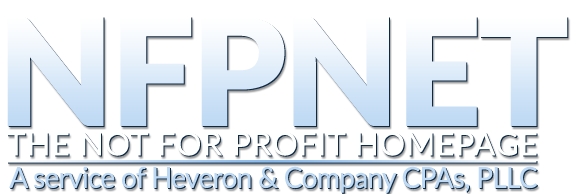Federal Internal Control Standards – the Green Book Is Released
Standards for Internal Control in the Federal Government has been issued by the Comptroller General. What color is it? Green! Why should you care? Because the new rules for Uniform Grant Guidance say that you must have internal controls over administration of federal awards and they should be compliant with COSO or this publication.
The Green Book is manageable in length, under 70 pages of content with some clear illustrations, a concise list of the components and principles of internal control, and an appendix that lists the principles that should be followed.
More importantly, it is not dramatically different from the COSO standards that you are probably already familiar with. The 5 components of internal control (control environment, risk assessment, control activities, information and communication, and monitoring) are the same as COSO.
Internal controls are critically important in nonprofits, and documentation of your controls is a must for organizations receiving federal and other funding, so familiarity with this new guidance is valuable.
Google “standards for internal control in the federal government” or Use the links in our website.
